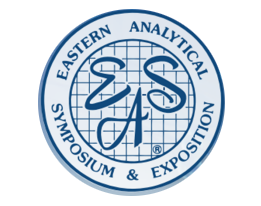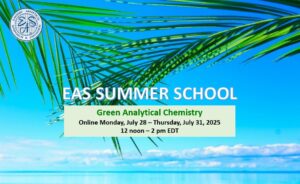Practical, Scientific use of Photogrammetry and
Structure from Motion Technologies in Cultural Heritage
Organized by the New York Conservation Foundation
New One-Day Course E13-31, Wednesday, November 20th, 8:30am – 5:00pm
Mark Mudge, Cultural Heritage Imaging, San Francisco, CA
COURSE DESCRIPTION
Photogrammetry refers to the practice of deriving 3D measurements from photographs. Recent technological advances in digital cameras, computer processors, and computational techniques, such as sub-pixel image matching, make photogrammetry a portable and powerful technique. It yields extremely dense and accurate 3D surface data. it can be generated using a sequence of photos and captured with standard digital photography equipment, in a relatively short period of time. This course will discuss how to produce scientific 3D digital representations and synergies possible with related computational photography techniques. The course will explore how photographic sequences of a subject, can be captured according to principles that maximize the available information from a series of viewpoints to yield the best results. We will see how these software platform-independent rule-based data sets can be transformed into 3D representations and confidently reused by others both now and in the future.
WHO SHOULD ATTEND
This one-day course is appropriate for anyone interested in the scientific 3D digital capture and representation of our world.
TOPICS
1. Scientific Imaging, Computational Photography and Long-Term Digital Preservation
* Requirements for Scientific Digital Representations
* Enabling Long-Term Digital Preservation
2. Photogrammetry and Related Fields of Computational Photography
* Reflectance Transformation Imaging
* Algorithmic Rendering
* Multi-spectral Imaging
3. Practical Elements of Close-Range Photogrammetry/ Structure from Motion Capture Scenarios
* Planar Subjects (painting, drawing, rock art panel)
* In the Round (sculpture, building, cuneiform cone)
* Interior Volume (room interior, cave)
4. Building 3D Representations from Photographs
* Photogrammetric Image Processing
* Camera Calibration
* Textured 3D Mesh Construction
ABOUT THE INSTRUCTOR
Mark Mudge is co-founder and President of Cultural Heritage Imaging. Cultural Heritage Imaging is a 501(c)(3) non-profit corporation dedicated to the development and implementation of new imaging technologies for cultural, historic, and artistic heritage and scientific research. CHI is committed to the democratization of technology, relying on open source software and accessible methods and equipment. Mark has worked as a professional bronze sculptor and has been involved in photography and 3D imaging for over 20 years. He is a co-inventor, with Tom Malzbender, of the computational photography technique, Highlight Reflectance Transformation Imaging (RTI).
Mark is the Co-Principal Investigator of the National Science Foundation sponsored project with a computer science team from Princeton University to develop the Collaborative Algorithmic Rendering Engine (CARE) tool. The CARE tool will provide an open source platform for the use of signal processing algorithms to produce scientific illustrations from RTI image sequences. He is directing a collaboration to research combined photogrammetry and Highlight RTI acquisition of cultural heritage and natural history materials. This research has the potential to improve scientific 3D and reflectance measurements of material culture using off-the shelf photographic equipment. Mark has co-authored twelve peer-reviewed articles, two book chapters and the upcoming book Fundamentals of Virtual Archaeology: Theory and Practice.

